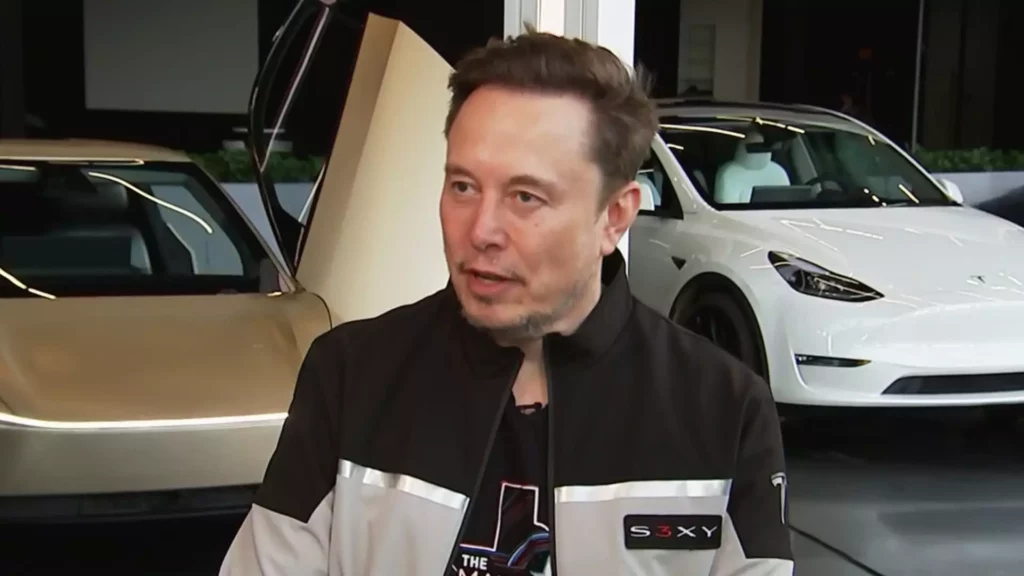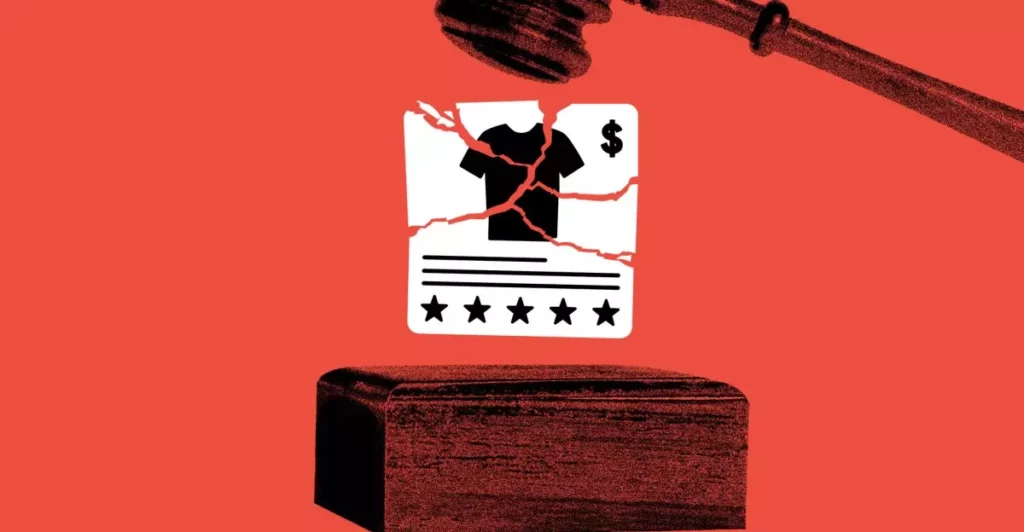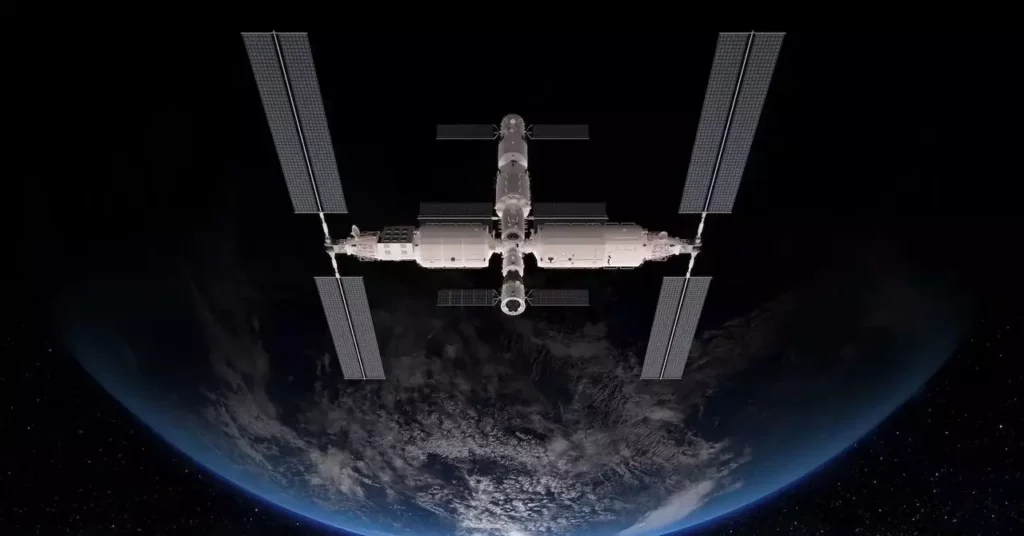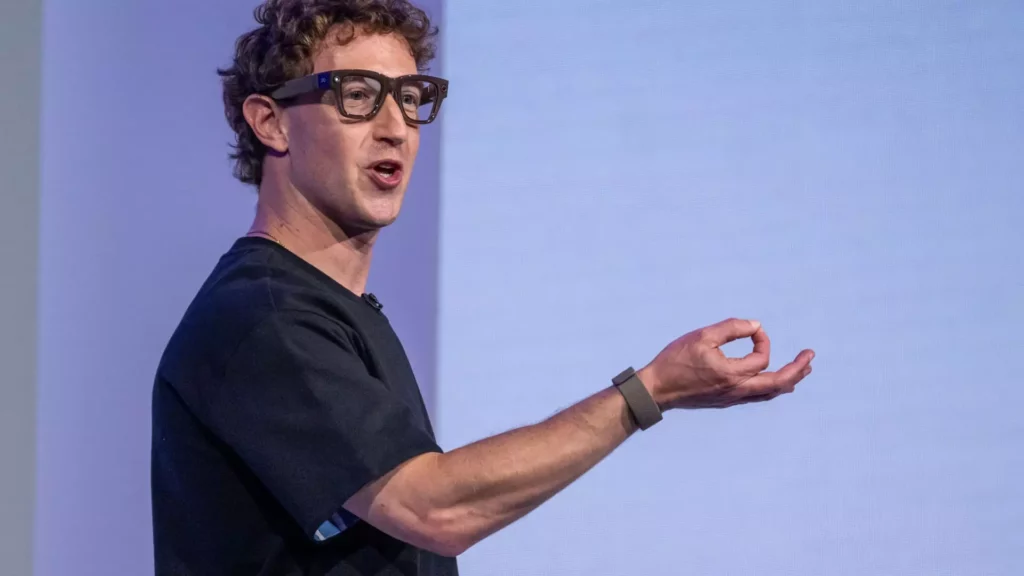In the realm of automotive innovation, few figures command as much attention—or critique—as Elon Musk. Announcing a bold step towards a futuristic landscape, Musk claims that robotaxis will roam the streets of Austin, Texas, by the end of June. This vision sets off alarm bells and sparks hope in equal measure, stirring a pot of public sentiment that oscillates between fascination and skepticism. While many may see potential in Musk’s assertion, it’s crucial to explore the multiverse of implications that this remarkable ambition entails.
The Ambitious Rollout: A Double-Edged Sword
With the initial rollout plan involving a scant ten vehicles, Musk appears to be choosing a path of cautious optimism. This lauded restraint can be a double-edged sword—by starting small, Musk seeks to prioritize safety and reliability. However, the mere existence of a pilot program means that the iron grip of reality is ever-present, particularly as Musk has historically delivered what can only be described as aspirational timelines. The automotive industry has learned many times over that unveiling a grand vision doesn’t equate to effective execution. Musk’s notion of gradually expanding robotaxis into hefty markets like Los Angeles and San Francisco may be grand in theory, but it also risks fostering a cycle of unfulfilled promises. Will the enthusiasm morph into another tale of dystopian disappointment?
Technological Aspirations versus Real-World Challenges
At the heart of this audacious plan is Tesla’s Model Y, primed for something Musk proudly dubs FSD Unsupervised. This epithet describes the next-gen Full Self-Driving capability that distinguishes Tesla from competitors like Waymo. Unlike their rival, which relies heavily on an array of sensors, including LIDAR, Musk champions a simplified model that hinges on cameras and artificial intelligence. The notion sounds intriguing and even revolutionary, yet it also raises essential concerns about the over-reliance on a singular method without the safety net of augmentative technology. If Tesla’s vision runs afoul of practical applications—if, say, the cameras fail during inclement weather—this could prove disastrous. Fighting the war of public perception, the mantra that “it’s just around the corner” is no longer taken at face value.
Geofencing: A Safety Net or a Gimmick?
Musk’s strategy also incorporates geofencing, which restricts robotaxis to predefined areas in Austin. While this may sound sensible theoretically, it invites scrutiny regarding how restrictive parameters can hinder innovation. Is this truly a safety measure, or merely a way to add another layer of control over a fledgling technology fraught with uncertainty? The prospect of remotely monitoring these vehicles adds a layer of accountability, but as we critique this mechanism, we must ask ourselves: how much oversight is enough before it begins to stifle innovation?
Political Scrutiny and Consumer Responsibility
Musk is no stranger to controversy, particularly when it comes to his political affiliations. With Tesla grappling with a 20% decline in automotive revenue in early 2025, questions arise about how a CEO’s political activities sway consumer confidence. Musk’s flippant dismissal of the importance of political matters surrounding his leadership seems shortsighted, particularly in an era where corporate responsibility is increasingly scrutinized. It’s crucial to recognize that consumers today are more conscientious; they prefer to invest in brands that align with their ethical values. Ignoring the socio-political landscape could alienate a consumer base that is more demanding in its expectations.
The Dichotomy of Innovation and Accountability
Musk’s pursuit of innovation may bring with it an avalanche of expectation, but the reality may be harsher than planned. While he dreams of a transport ecosystem that de-emphasizes personal vehicle ownership, practicalities such as reliability, public acceptance, and ethical concerns loom large. The potential for robotaxis to serve a communal purpose is tantalizing, yet Musk must realize that public faith is not guaranteed. Will the public’s perception of Tesla as a harbinger of revolutionary change withstand the crucible of real-world trials and the ethical dilemmas posed by disruptive technology?
Visionary Leadership: A Blessing or a Burden?
With an estimated wealth of around $376 billion, Musk undoubtedly occupies a significant position of influence. However, one must ponder whether such wealth translates into wise leadership in revolutionary contexts. His history of bold assertions often outpacing reality places him at a critical junction. The risk lies not in the vision itself but in the potential for it to become a hollow expectation. Transparency, accountability, and pragmatism must accompany high-octane ambition if we are to avoid another misadventure masquerading as progress.









Leave a Reply